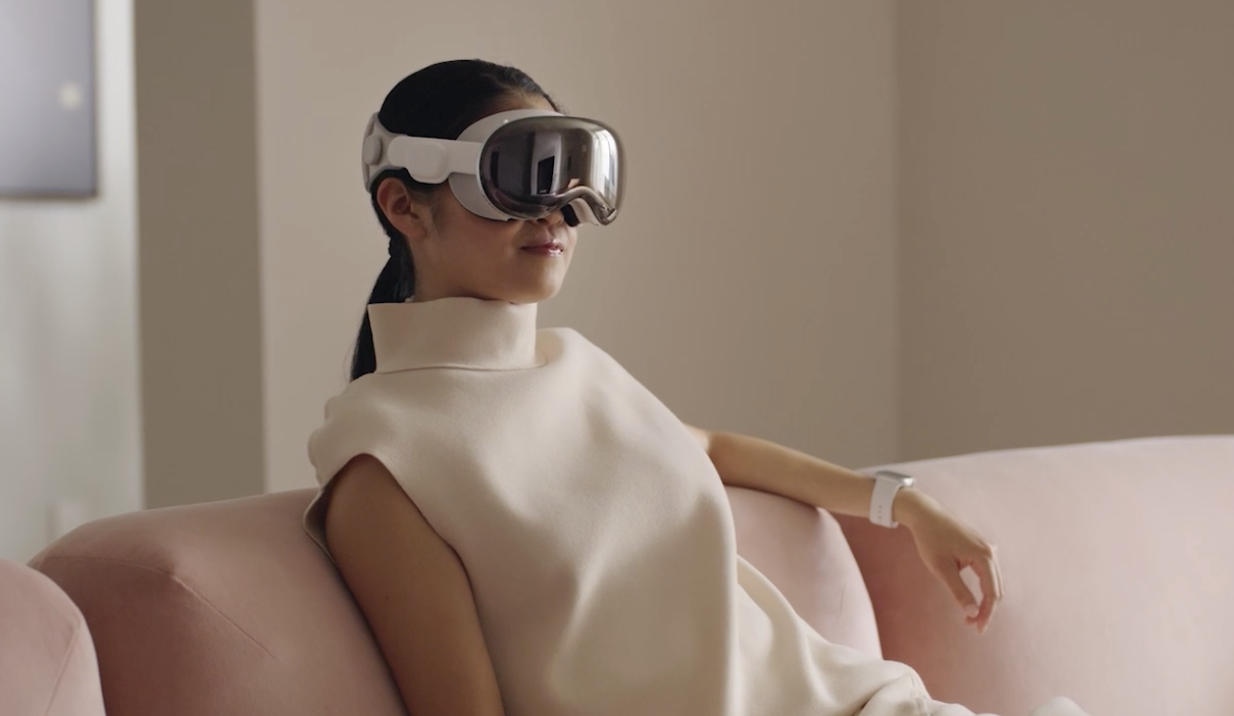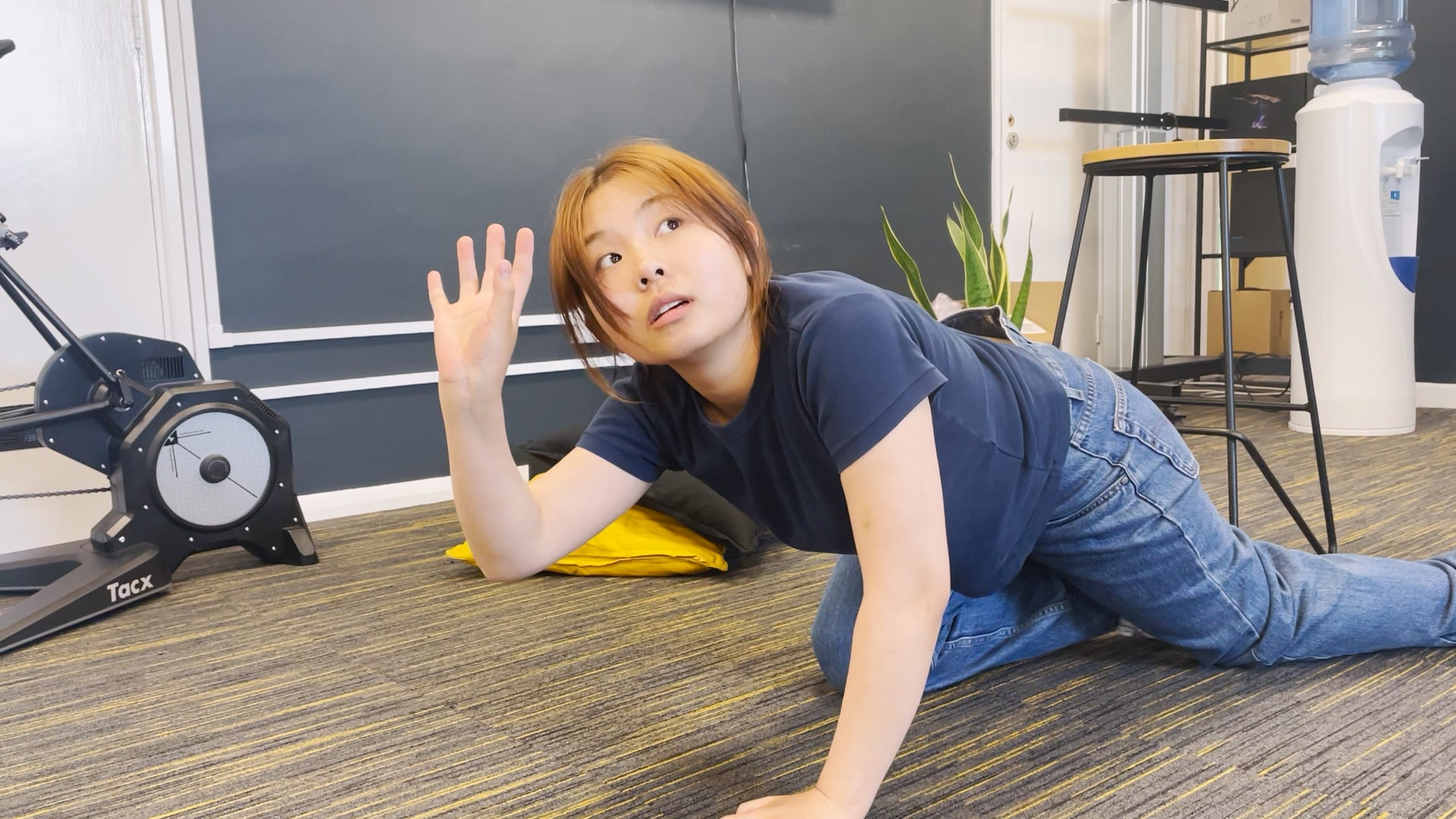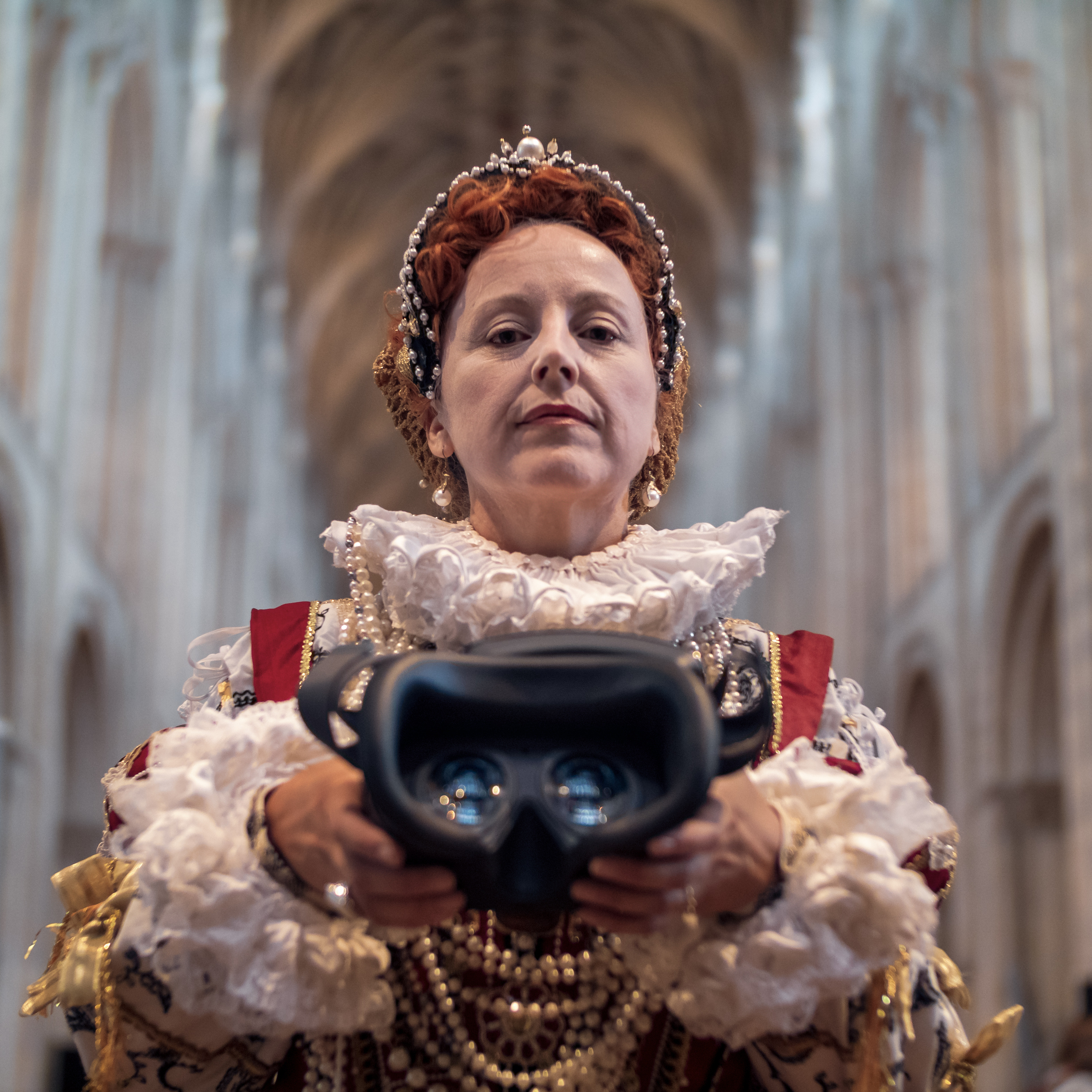Knowledge Base
2nd October 2019
4D: Increase the immersion
The aim of virtual reality (VR) is to create as close to a lifelike experience as possible. So far this has predominantly focused on creating killer visuals, backed up by spatial audio. But now more and more VR experiences are pushing the envelope further – creating an overall sensory ‘4D’ experience that increases the feeling of immersion and, ultimately, realism.
Keep an eye on your senses
A good immersive experience not only feeds information to the user, it helps the brain perceive this information as it would in the real world. When this doesn’t match up, you risk motion sickness and nausea – because what your brain is telling you doesn’t add up to what you are seeing. And with the human brain more often relying on vision than any other sense, the first step in creating a truly immersive experience is to get the visuals right.
Good visuals don’t necessarily mean photo-realistic visuals, they mean something believable that matches how you would perceive things in the real world. For example, stereoscopic 3D to bring depth perception and getting your frame rates right so that the virtual world moves at the same speed as you move your head. The virtual world itself could be anything you want it to be, from infinite space to a stylised fantastical world to a recreation of a real world setting – all that matters is that what you see matches how you would see it in the real world, with objects and fixtures such as doorways and furniture etc all feeling the correct scale to be believable, to help convince your users they’re in a real space.
Surround yourself with sound
With your visuals sorted, the next step is sound. Like your vision, audio in VR should match how you hear in the real world – and therefore it needs to match your environment too. This ranges from the right amount of reverb for the setting to the sound matching the direction of its source, and is referred to as spatial audio. Spatial audio uses a dimensional approach to audio – creating a full-sphere soundscape which mimics real world sound. If your experience is designed for use with headphones then you should use binaural audio – essentially spatial audio optimised for headphones.
Get touchy feely
This is where we get into the real bread and butter of 4D experiences – where VR is enhanced by what you can touch or feel. This could be anything from a physical prop to temperature to a sensation such as wind or rain. The idea for this extra sensory element is to match what you’re seeing and hearing in the virtual world with what you can feel too – creating a much stronger sense of immersion.
For example, we recently helped out on a project for Lively Agency that created a 4D test drive experience of the Mazda MX-5 RF. Users sat in a real car and put on a headset for a virtual drive that took them from Iceland to the South of France. To make it 4D, rumble speakers were placed under the car seats to give the impression of engine vibration, the soundtrack was played through the in-car sound system and a 5:1 surround sound system was installed to give spatial audio – for example, passing trees or wind noise. This was all enhanced by a system of fans and heat bulbs arranged around the car to recreate the feeling of roof-down driving. In Iceland, there was a cool wind blowing; in the South of France the heat bulbs made it feel like the sun was beating down on the driver. Combined, the experience became immediately and believably immersive – increasing the impact by a considerable margin.
This is just one way to enhance a virtual experience using touch. Another way would be to map physical props to the virtual world, allowing users to pick up or touch something to drive the realism. This applies to hand controllers too – if you’re playing a shooter game and you have a gun replica for a hand controller, straight away the VR becomes significantly more lifelike.
A taste of what's to come
We’ve looked at how three of the five senses can combine to create seriously immersive VR. But what about taste and smell? Believe it or not, there is already a VR mask you can buy that simulates smells to increase immersion – but it will be interesting to see whether this catches on. Smells, after all, can be risky!
As for taste, some VR experiences are already tying together virtual experiences with eating or drinking in the real world. Guinness, for example, released a VR experience in Tesco stores that immersed the user in a world of colours, shapes and sounds that were ‘scientifically proven’ to enhance taste, while they tried the Guinness. It’s interesting to note, however, that these types of taste experiences use VR to enhance something in the real world as opposed to real world elements enhancing immersion in the virtual world. At the moment, the best ways of creating a truly immersive VR experience rest with ensuring your visuals, soundscape and sensory elements match up with what the user is seeing and physically feeling – effectively tricking the brain into believing it’s all real.

James has over two decades’ experience in highly technical roles – from the main IT agency of the British Government to digital marketing. He’s led development teams in three different agencies, plus worked as a freelance developer and consultant. His love of all things tech led James to co-found Infinite Form in 2015. When he’s not playing with computers, James is usually playing bass.
More from the Knowledge Hub
Do you have a message you want to convey? A situation that needs simulating, or an audience that needs reaching? Whatever your challenge – we have the ideas, the experience, and the equipment to help.



